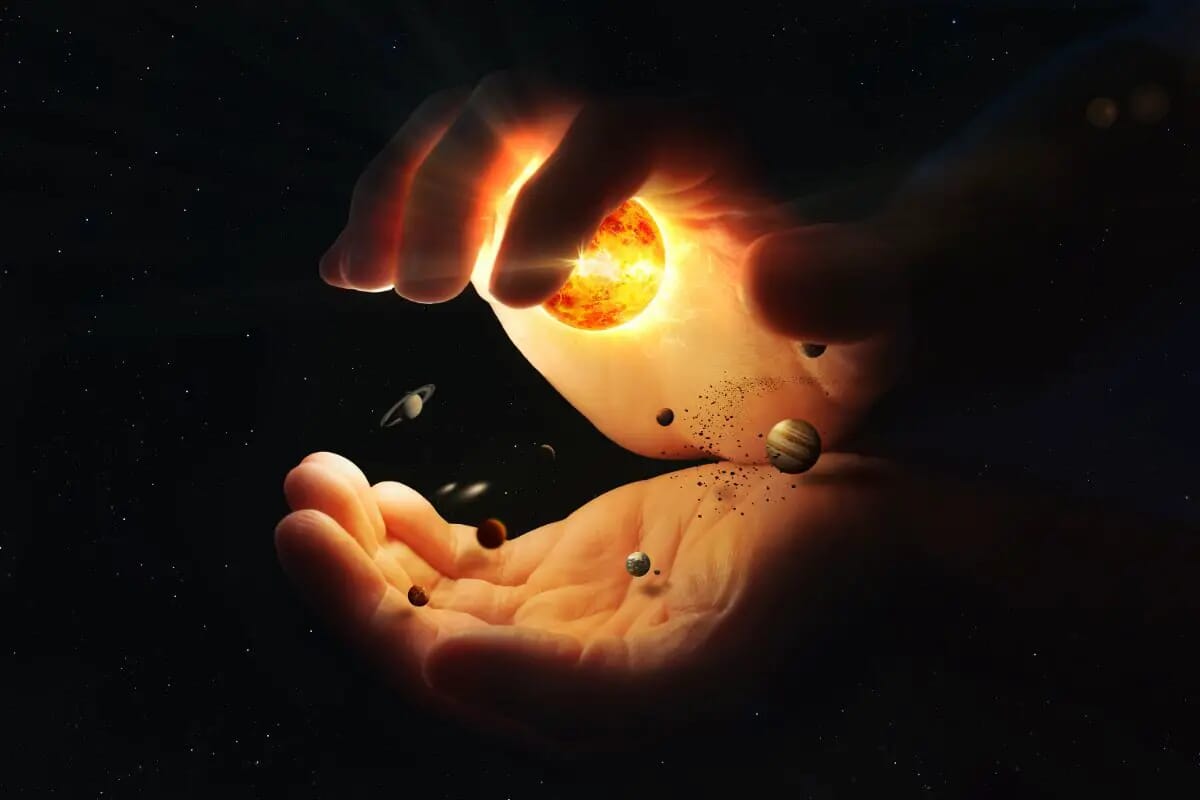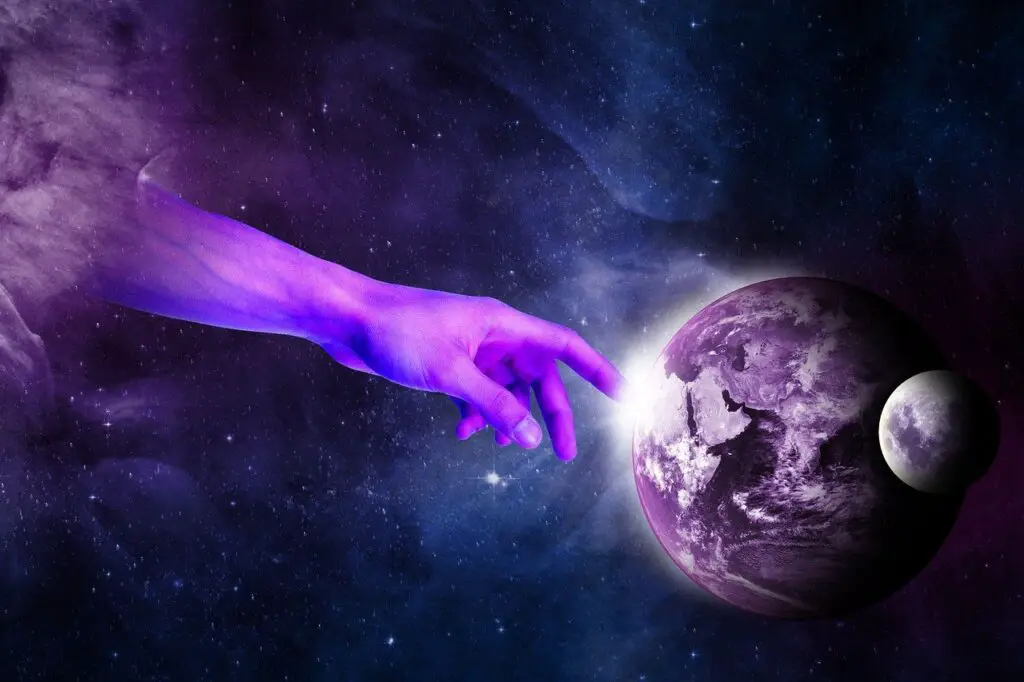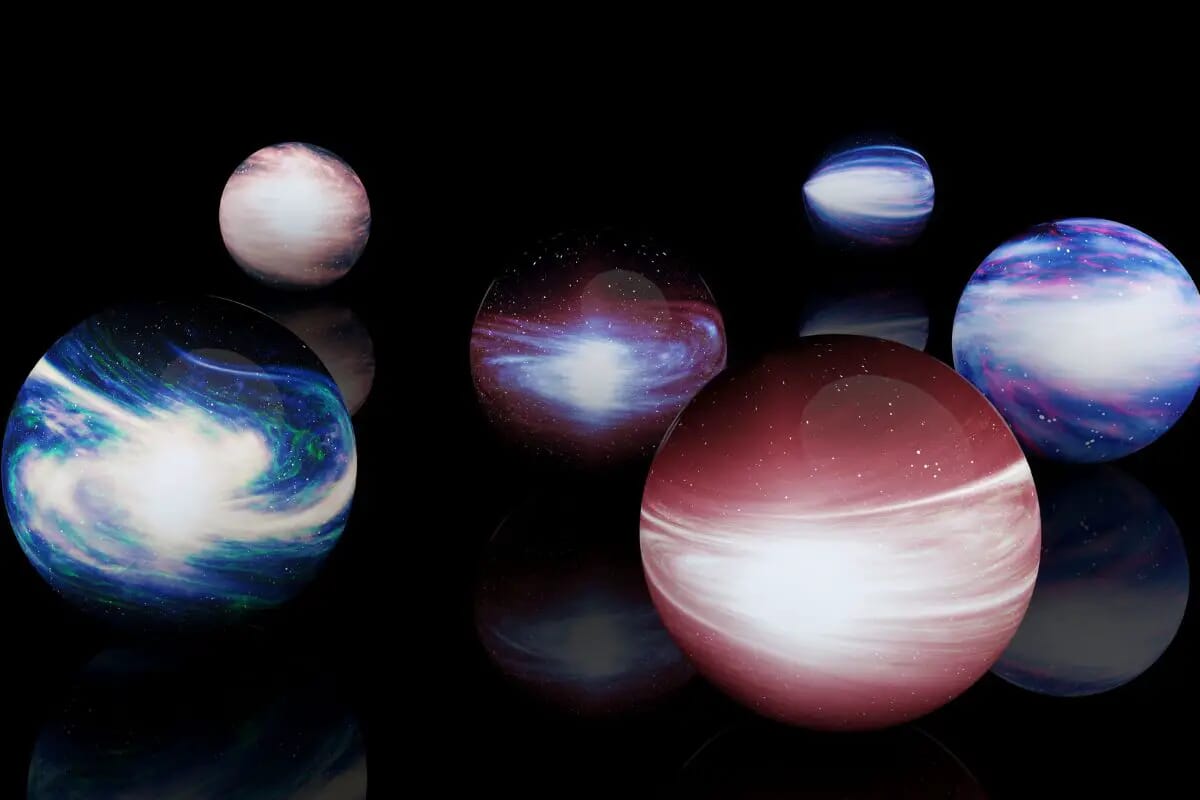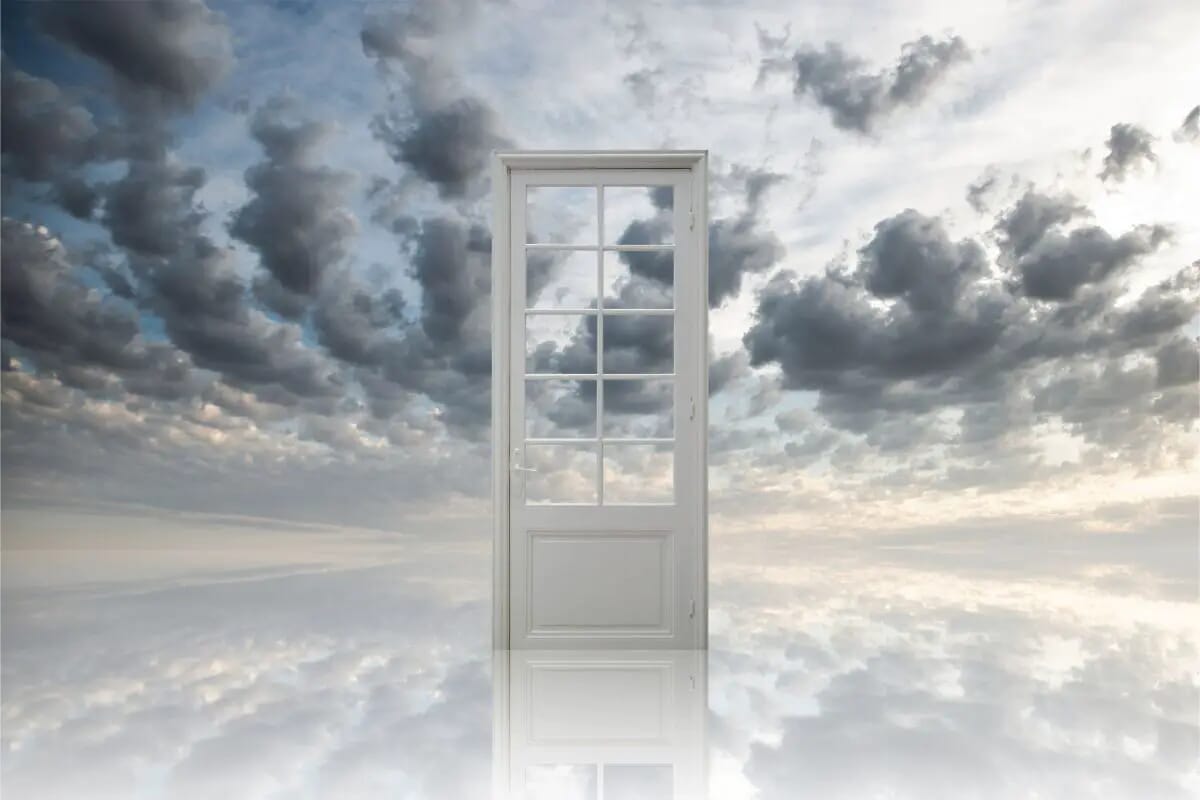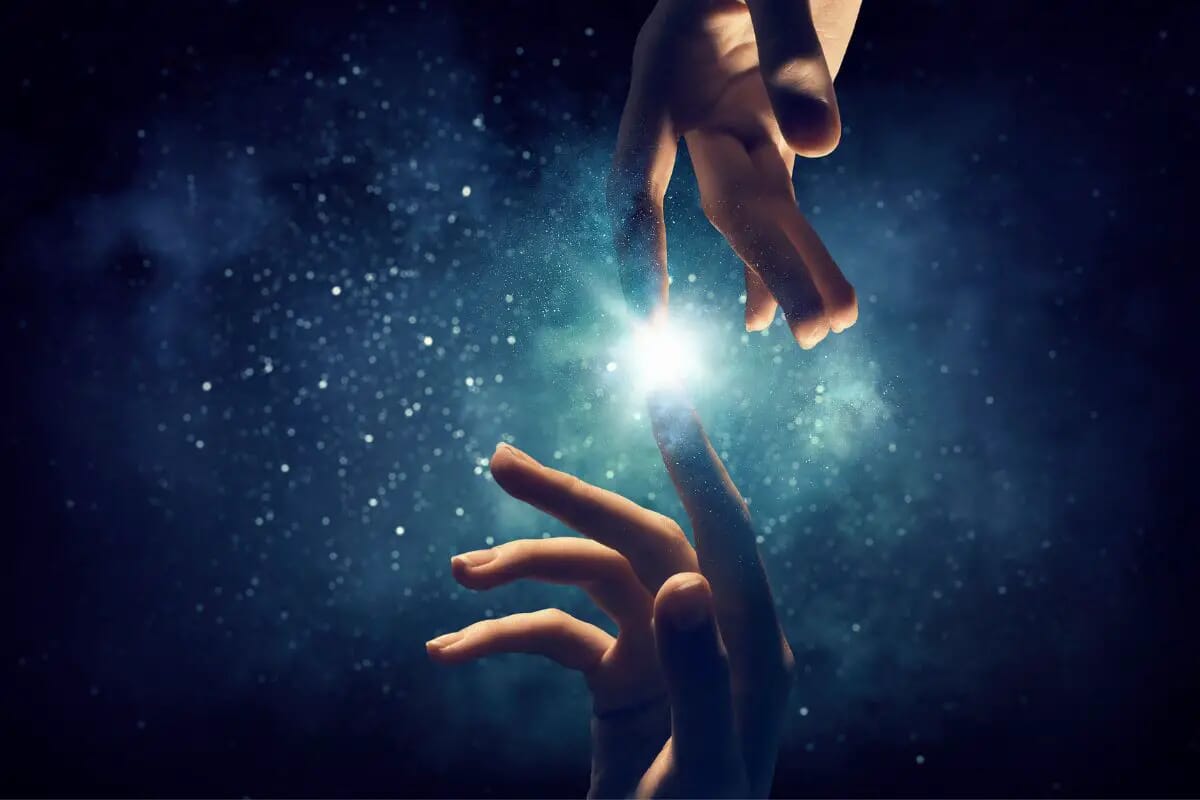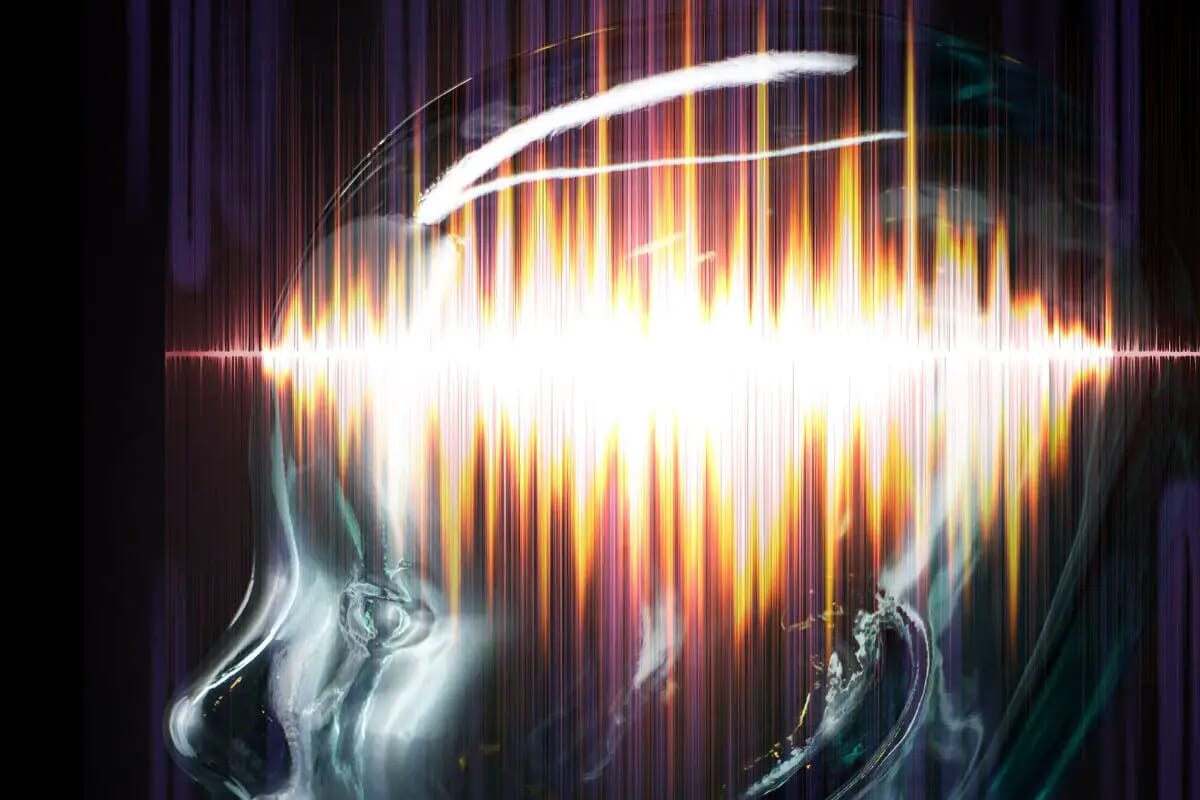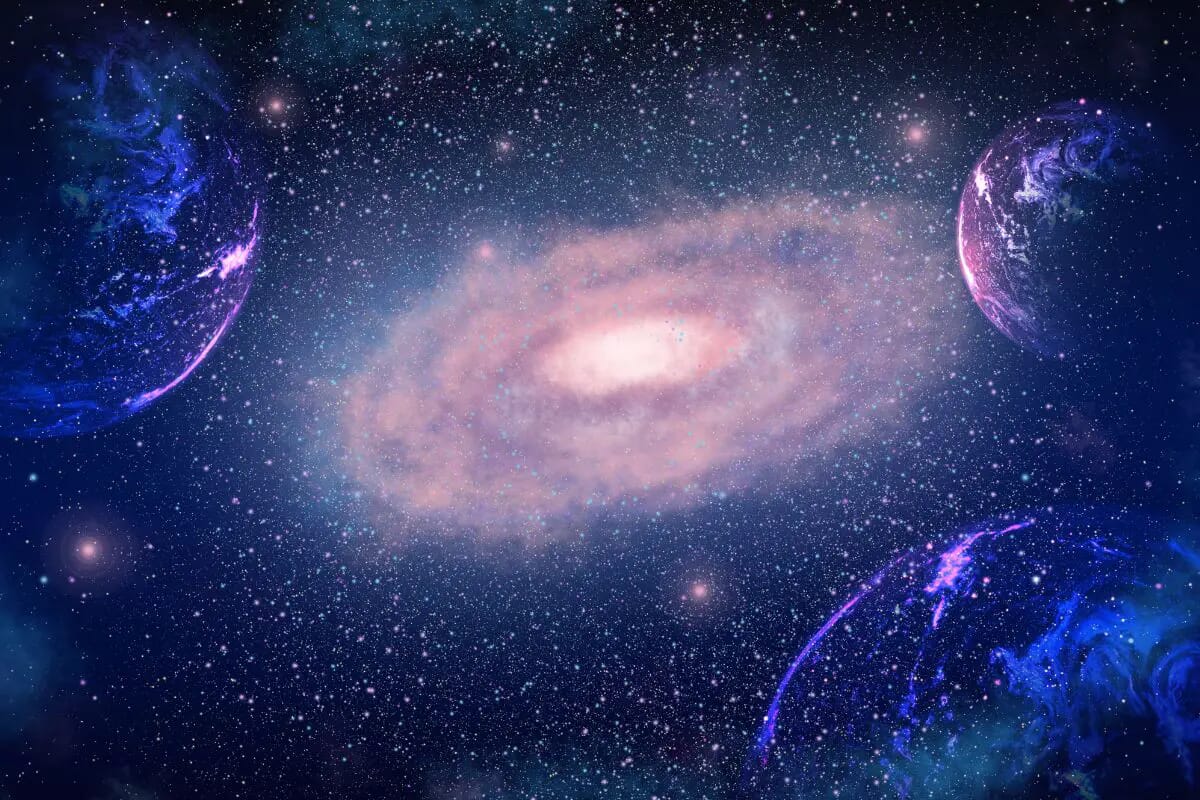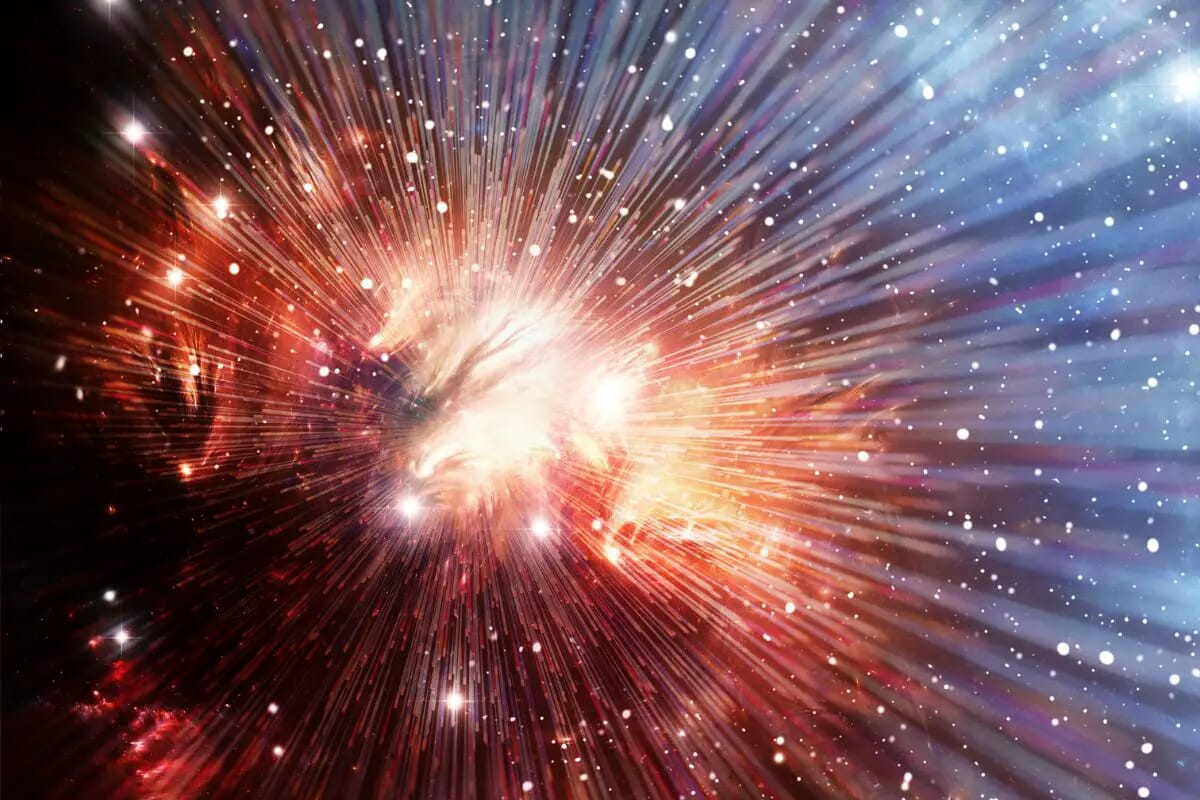Last Updated on September 16, 2023
There is almost no question more divisive than that of how the universe was created.
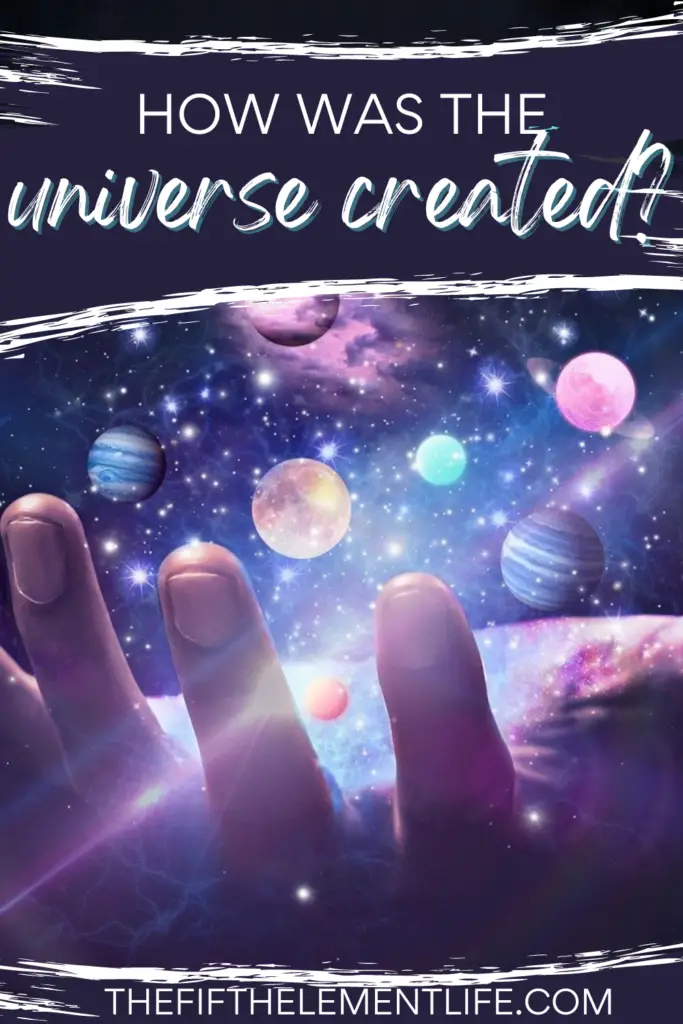
Depending on who you ask this question to, you can get a plethora of different answers. Ranging from the scientific theory of the Big Bang’ to the Hindu creation story of Brahma splitting the lotus flower into three parts.
You’ll also encounter many people who respond with ‘I don’t know’. Which makes sense since there is still so much to be discovered about the universe.
Even some of the most-researched scientific theories regarding the universe still require more research to tie up loose ends.
Read on to find out more about just a few of the many perspectives on the creation of the universe. How even the most scientific of theories may share common ground with spirituality.
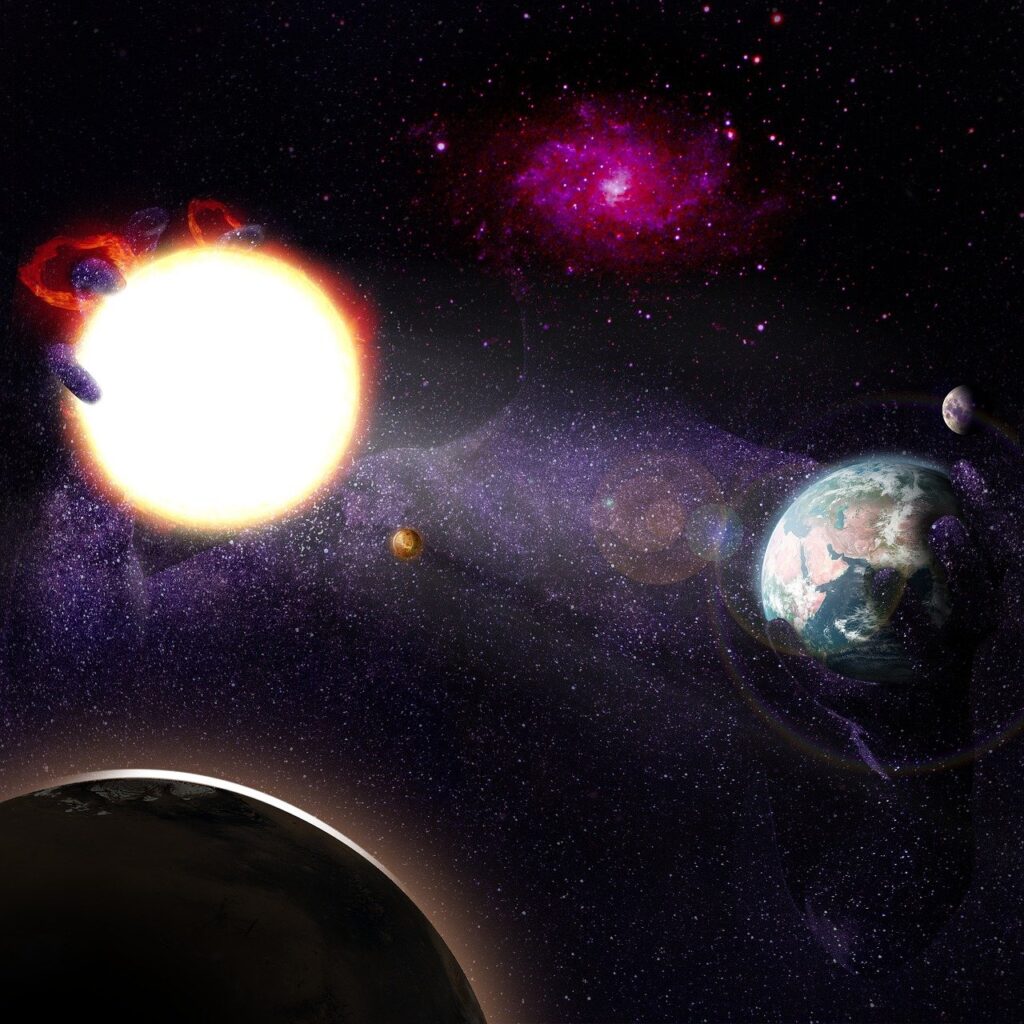
Greek Cosmogony
One of the most-studied stories of universal creation is the Greek story of the Titans.
There are actually a few versions of Greek cosmology, but the most widely-known and accepted is called Hesiod’s Theogony.
In Hesiod’s Theogony, the universe began in a state of chaos, out of which appeared Gaia (the earth).
Gaia was responsible for the creation of Uranus (the sky, or the universe). Between them, they produced many gods as well as their fair share of monsters, including the Cyclops and Hecatonchires.
RELATED: The Sky’s The Limit – 15 Magnificent Crystals For Motivation You Need To Have
The Egyptian Story Of Creation
In Egyptian cosmogony, as in the Greek, there are multiple stories of creation, but they all share the beginning in common.
Again, it begins with chaos – in this case, the stormy waters of Nun. When the genderless, all-seeing Atum created themselves, they created the first piece of land for them to stand on.
From Atum came the gods Shu (air) and Tefnut (moisture). These two divinities then created Geb (earth) and finally, Nut (the sky, or the universe as a whole).
Initially, the earth and sky were on the same level. So Geb had to lift Nut above his head to create the world order as we know it.
Norse Mythology And The Story Of Ymir
Norse mythology provides us with one of the most fascinating stories of creation: the story of Ymir.
The story does not start with Ymir. Instead, at the beginning, there was only the land of Muspell. This land was consumed by fire, and Niflheim, the land of ice. There was also, Ginnungagap, the void.
Eventually, Niflheim and Muspell came to touch, and Ymir, the giant, was created along with Audumla, an enormous cow. The cow created the divine being Buri, and his wife, who had a son: Bor.
Bor’s own sons (Vili, Odin and Ve) eventually killed the giant Ymir, and the earth was formed from his flesh, while his bones were used to make mountains.
His hair became the rivers, while larger bodies of water were made from his blood. It was in the giant’s skill, however, that the gods created the universe.
The Aztec Creation Story
The Aztec creation story begins with Coatlicue, the Aztec earth mother, who gave birth to the moon goddess, Coyolxauhqui. Coatlicue also had hundreds of sons (the stars).
When Coatlicue later placed a feathered ball, which had fallen from the heavens, into her waistband, she became pregnant once again.
Upset by their mother’s pregnancy, her children turned on her, but Huitzilopochtli (god of sun and war) was born in full armor and cut off the head of Coyolxauhqui.
Her head was thrown into the sky to replace her as the moon.
RELATED: 102 Powerful Moon Quotes To Find Your Higher Purpose
Buddhist Beliefs About Creation
Buddhist beliefs regarding creation are some of the most interesting, since the consensus among practicing Buddhists is that there was no original creator of the universe.
The Buddhist belief, in accordance with the teachings of Buddha, is that nothing can create itself.
Since a creator would have to create themselves, Buddha rejected the idea of a creator and instead posited that time and space are cyclical.
In essence, the universe is constantly being made and remade. It doesn’t have a beginning or an end.
The Big Bang
Today, the most widely-accepted theory about the creation of the universe is the scientific theory of the big bang.
According to this theory, which is supported by a great deal of evidence, the universe began as a single point.
This point was very dense, so it exploded, and in this explosion, matter was created and propelled in many directions, causing the universe to stretch and expand.
Although the Big Bang Theory is often seen as a counterargument to spiritual creation beliefs, it’s important to note that the theory actually ties in with various spiritual beliefs about the universe.
For example, there are physicists well-versed in the theory of the big bang who believe that the Unified Field (the source of the big bang) is simply Consciousness.
Not only does this tie in with the idea of manifestation, but the fact that the universe has continued to stretch since the Big Bang has led some scientists to speculate that the universe may, indeed, be endless, as in Buddhist teachings.
Ultimately, the Big Bang Theory is one example of how rationalism and science can coexist with spiritual beliefs.
Accepting scientific research and holding spiritual beliefs need not be mutually exclusive.
RELATED: What Caused The Big Bang?
Final Thoughts
It seems unlikely that human beings around the world will ever agree on one single explanation of how the universe came to be.
However, we would argue that this is a good thing.
Being exposed to different theories regarding universal creation can help us to elevate our capacity for critical thinking, empathy, and open-mindedness. This is the key to personal and spiritual growth.
Please bear in mind that this article is by no means a comprehensive guide to creation stories around the world.
There are thousands of recognized world religions and many individual spiritual beliefs, each with their own take on creation.
This article provides a small sample of some of the ways in which we, as humans, have conceptualized the creation of the universe. It is up to you to decide which explanation resonates with you.
- 49 Unique Self-Care Kit Ideas For Your Well-Being - February 14, 2024
- 85 Exciting And Encouraging Quotes About Trying New Things In Life To Inspire That First Step - February 14, 2024
- 125 Inspiring You Are Amazing Quotes For Yourself And The Special People In Your Life - February 14, 2024

